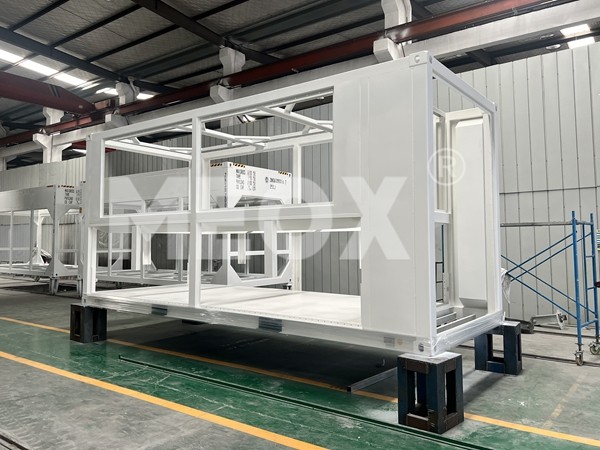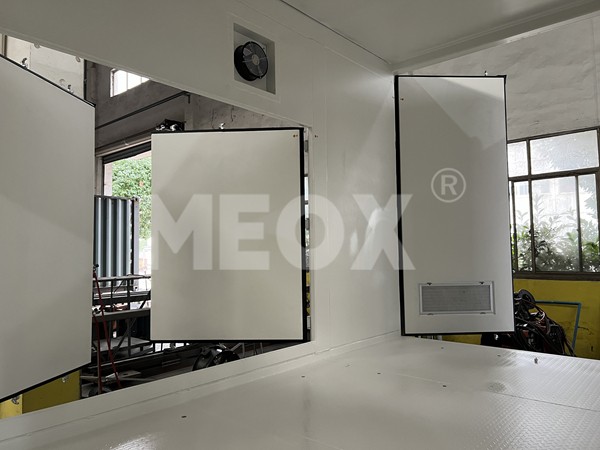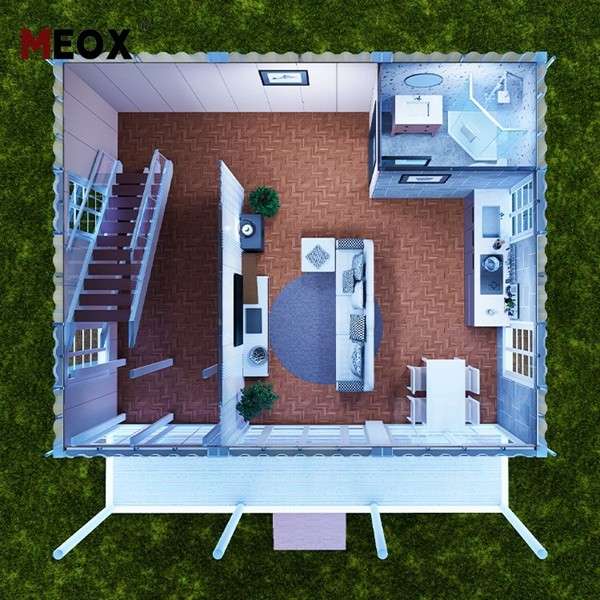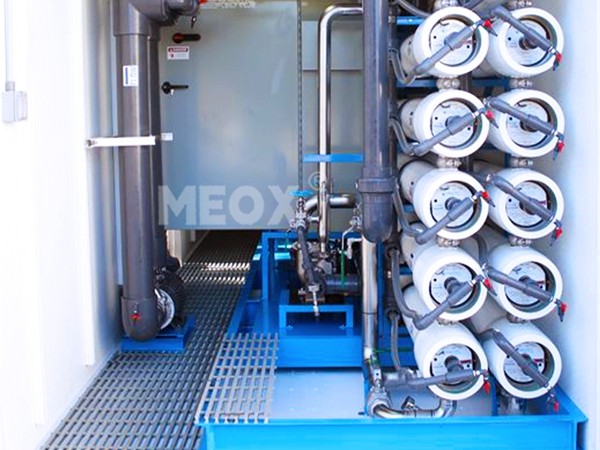In recent years, constructing homes using shipping containers has surged in popularity. This innovative architectural trend marries functionality with sustainability, providing a modern solution for eco-conscious and cost-effective housing. The approach not only embraces recyclable materials but also infuses a sense of avant-garde style into residential architecture.

Building a home from shipping containers involves transforming large steel boxes into livable spaces, a method pioneered due to its affordability, durability, and quick construction times. The process allows for considerable creativity, as containers can be stacked and configured in various ways to create unique architectural designs.
The journey of crafting a dwelling from shipping containers begins with selecting the right containers. Opting for new or “one-trip” containers minimizes exposure to harmful chemicals that might be present in older units. This first step lays the foundation for a safe, hazard-free abode. It’s vital to check the structural integrity and ensure the containers are free from dents or rust, which could compromise their durability over time.

Once the containers arrive on site, the second phase involves designing the home’s layout. This requires expertise in architectural design and a clear vision of the desired outcome. Containers can be combined in multiple configurations, either side by side or stacked, to maximize space and functionality based on the homeowner’s needs. Employing a seasoned architect familiar with container construction can offer valuable insights into optimizing the layout for both aesthetic appeal and practical use.
A crucial part of the construction process is insulation. Steel containers can become hot in summer and cold in winter, necessitating effective insulation techniques. Spray foam insulation, for instance, provides an excellent barrier against temperature extremes and moisture. Additionally, insulating the floors and ceilings is vital to maintain comfortable temperatures year-round.
Windows and doors require careful consideration during installation. Cutting through steel requires precision and proper sealing to prevent leaks. Moreover, strategically placing windows is essential for maximizing natural light, which enhances the living space and improves energy efficiency. Double-glazed windows often serve best, offering good insulation while keeping heating and cooling costs down.building a home using shipping containers
The container home’s interiors can be as luxurious or minimalist as the homeowner desires. Customizing the interiors with energy-efficient appliances and fixtures is advisable to complement the sustainable ethos of container living. Bamboo or reclaimed wood flooring, recycled countertops, and low-flow plumbing fixtures are popular choices among those prioritizing sustainability.
Beyond the technical aspects, it’s also necessary to navigate local building codes and zoning regulations when undertaking a container home project. Some regions may have specific requirements or restrictions concerning container use in residential construction. Engaging with local authorities and securing the necessary permits early in the process can prevent costly legal issues later on.
The sustainability of shipping container homes extends beyond the materials themselves. The very nature of reusing containers reduces steel waste, harnesses space efficiently, and offers a solution to the global steel surplus. This approach aligns with contemporary needs for reducing carbon footprints, particularly when combined with renewable energy sources such as solar panels or green roofs.
Trust plays a vital role in the successful execution of a container home project. Collaborating with established professionals—architects, builders, and contractors—who have a proven track record in constructing container homes ensures high standards and avoids potential pitfalls. Such experts can guide homeowners through the plethora of choices and decisions, ensuring a reliable and satisfying outcome.
For those enamored by modernist aesthetics and sustainable living, container homes represent a compelling option. They amalgamate style, sustainability, and simplicity into a package that defies conventional home-building methods. Moreover, as this trend evolves, technology and innovation promise to offer even more refined techniques and materials, reinforcing the viability of shipping containers as a cornerstone of future-oriented residential architecture.
Embracing the notion of homes derived from shipping containers not only meets practical needs but also echoes a broader cultural shift towards more sustainable and ethically-conscious living choices. By focusing on experience, expertise, authoritativeness, and trustworthiness, this approach epitomizes a modern solution that is as innovative as it is eco-friendly.






